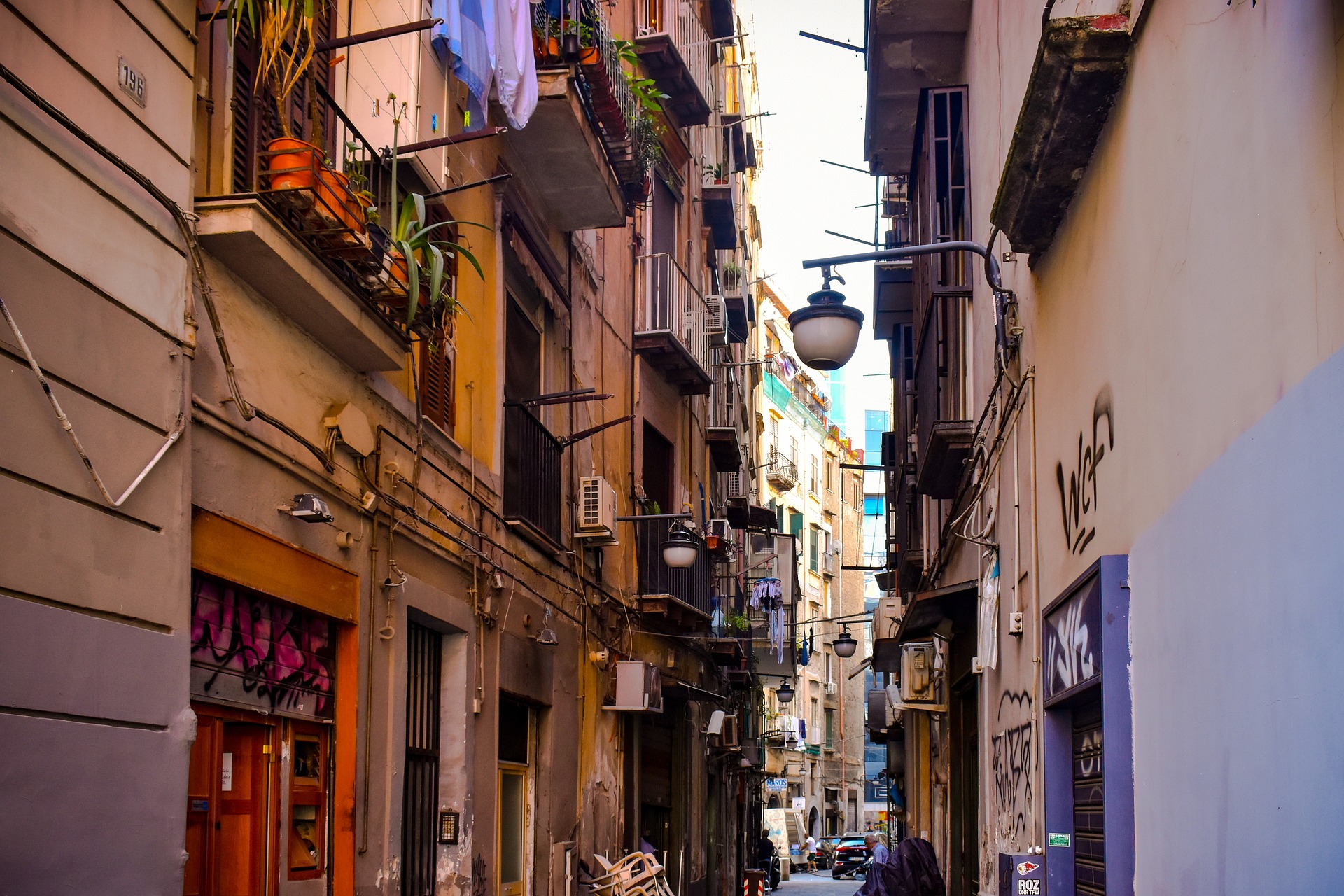By now, you have probably heard of the #1 book of the century in the “100 Best Books of the 21st Century” ranking in The New York Times. The 2011 novel by one of the most acclaimed Italian authors was even adapted into a TV series, which first hit the screens in 2018. But what is so brilliant about Elena Ferrante’s My brilliant friend?
Author: Natalia Laskowska
Firstly, the biggest mystery around the book is its author. Who exactly is Elena Ferrante? The only confirmed information that we have on the pseudonymous author is that she was born in the 1940s in or around Naples, her identity remaining unknown by everyone except for her publisher, as she wishes to have a normal life and does not bother with marketing and self-promotion. What Ferrante wants to say, she writes in her books. The mystery of not knowing who writes these marvellous books only deepens their intrigue, adding a layer of mystique to the experience.
The story is less a tale, and more a recollection of memories of a middle-aged woman about her and her best friend’s early life in Naples, as if her friend had her fingers tucked into every fold of her brain. Ferrante is best known for her ability to portray female friendships in a way that, if you have ever had a friend, you will see yourself in Lenu and Lila’s friendship at one point or another. Her favourite subject, some may even say fixation, is the way in which women are shaped, constrained, and often broken by the societies they live in.
My brilliant friend is a story of the things that remain unsaid. A story of tensions in families, of independence and motherhood, of love, and maybe most importantly, of the cruelty of life in post-WW2 Naples. Ferrante is not afraid to show the reality of the toxicity of the neighbourhood, untamed by a shared social silence upheld by an unspoken agreement. In the rawest way possible, she shows the brutalness of young boys growing up surrounded by violence, the crime and abuse having become commonplace in poor areas, infrastructure still waiting to be rebuilt, reminders of the war, left behind and replaced by war between neighbours over who sells the best vegetables or whose daughter marries a richer man.
Itis also a story of academic rivalry, and friends who push each other to learn more. If you have ever been friends with someone who seems to always surpass you in everything you do, you know Lila. Lila is the girl who is obviously smarter than you, everyone praises her for it and recognises her genius while you sit by no matter how good you are yourself, knowing that unless you turn the world upside down you will remain in her shadow. So fascinated by her greatness, you get caught up in it, constantly trying to better yourself, not celebrating your successes but feeling relieved, as they are something you learn to expect of yourself. However, Ferrante depicts with a poignant accuracy that this does not imply hate: when fascinated by each other, people push each other further, regardless of how it may appear. The author shows to her readers the many layers of human connection, and how far from simple it is.
The whole story is internally narrated by Lenu and consists solely of her memories, in the order that she recalls them, the length and effort she takes into describing them being directly linked to what she felt in that very moment. Moreover, there is no specific reason for the pacing of the story. With little to no pauses for long metaphors or literary depiction, Ferrante’s singular stylistic pacing gives the reader the ability to forget that it is actually fiction. There is a visible lack of clear temporal indicators throughout the novel, adding to the reality the narrative represents. The truth is, although My Brilliant Friend is a story which follows two girls all throughout their childhood and then teenage years, it is far from the mainstream “young adult” narratives that dominate bookshops’ shelves. Ferrante endows her characters with an honest emotional range of expression, not taking away even the slightest bit of legitimacy from their thoughts and feelings, which is rarely seen in books about teenagers, and especially about children.
Cover picture by: Mrdidg – Pixabay
Edited by: Johanna Larsson Krausová



